
For what reasons are these amazing sea creatures found?
Sea disturbances in 2025 — such as ocean warming, deep-sea mining, seismic activity, and extreme weather — have contributed to the discovery or surfacing of amazing sea creatures for several key reasons:
🌊 1. Habitat Disruption Brings Deep-Sea Creatures to the Surface
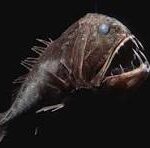
When underwater habitats are disturbed (by underwater earthquakes, mining, or even strong storms), creatures that typically live in deep or hidden zones are displaced or forced to migrate. This can lead to rare or unknown species appearing in shallower waters or near coastlines, where they’re more likely to be seen by humans.
Example: Giant squid sightings and deep-sea jellyfish tend to increase after seismic events or deep-sea mining operations.
🌡️ 2. Climate Change and Ocean Warming Push Species Into New Areas

As sea temperatures rise, many marine species are shifting their ranges toward cooler waters. This sometimes results in unexpected creatures appearing in unfamiliar regions, sparking surprise and new research interest.
Example: Tropical fish being found in temperate zones or rare jellyfish blooms in areas previously too cold for them.
🛠️ 3. Human Activity and Technology Uncover Hidden Species

Disturbances from human exploration (deep-sea submersibles, oil drilling, or cable laying) unintentionally reveal new life forms. In 2025, advancements in deep-sea exploration tech have allowed researchers to reach previously unexplored ocean trenches and hydrothermal vents.
Example: Discovery of bioluminescent creatures or new extremophile species near deep-sea vents.
🌪️ 4. Storm Surges and Tsunamis Transport Species

Powerful currents from hurricanes or tsunamis can carry marine life from deeper areas or entirely different ocean basins, depositing them in new coastal zones — sometimes alive, sometimes washed ashore.
Example: Unusual cephalopods, deep-sea fish like the oarfish, or large jellyfish being found on beaches.
🧪 5. Ocean Acidification and Pollution Alter Ecosystems

Environmental stress from acidification, plastic pollution, and oxygen depletion forces some species to either evolve, migrate, or die off. This imbalance allows lesser-known or previously rare creatures to thrive and be noticed.
Example: Increase in sightings of strange gelatinous zooplankton or invasive species in dying coral reef systems.
Why amazing sea creatures have been found due to sea disturbances in 2025, you can focus on this main reason:
Main Reason: Ocean Disturbances in 2025 Are Forcing Deep-Sea and Rare Species Into New, Visible Areas
Due to climate change, underwater seismic activity, pollution, and human exploration, the ocean environment is being significantly disturbed. These disruptions are forcing many previously hidden, deep-sea, or rare marine creatures to migrate, rise to the surface, or appear in unusual places, making them visible to scientists and the public for the first time.
🧭 Key Supporting Points You Can Mention:
-
 Rising Ocean Temperatures — push species into cooler, unfamiliar areas.
Rising Ocean Temperatures — push species into cooler, unfamiliar areas. -
 Seafloor Disruption (e.g. mining, earthquakes) — dislodges deep-sea life.
Seafloor Disruption (e.g. mining, earthquakes) — dislodges deep-sea life. -
 Pollution and Habitat Loss — force creatures to relocate.
Pollution and Habitat Loss — force creatures to relocate. -
 Advanced Technology — allows humans to explore deeper than ever before.
Advanced Technology — allows humans to explore deeper than ever before. -
 Extreme Weather Events — bring deep-sea or rare species to the surface or coastlines.
Extreme Weather Events — bring deep-sea or rare species to the surface or coastlines.
🔑 Summary for Audience:
In 2025, growing disturbances in the ocean—caused by both natural and human activity—are exposing parts of the sea we’ve never seen before. As a result, incredible sea creatures once hidden in the deep are now being discovered, giving us a rare glimpse into Earth’s most mysterious ecosystems.



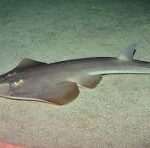 1. Guitar Shark (Rhinobatos sp.)
1. Guitar Shark (Rhinobatos sp.) 2. Turridrupa magnifica (Venomous Sea Snail)
2. Turridrupa magnifica (Venomous Sea Snail)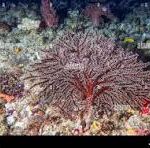 3. New Octocoral in the Maldives
3. New Octocoral in the Maldives 4. Skeleton Panda Sea Squirt (Clavelina ossipandae)
4. Skeleton Panda Sea Squirt (Clavelina ossipandae)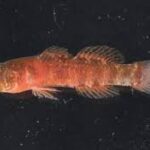 5. Sueviota aethon (Grumpy Dwarfgoby)
5. Sueviota aethon (Grumpy Dwarfgoby) 6. Bathynomus vaderi (Giant Isopod)
6. Bathynomus vaderi (Giant Isopod)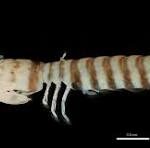 7. Incertasquilla chimera (Mantis Shrimp)
7. Incertasquilla chimera (Mantis Shrimp)